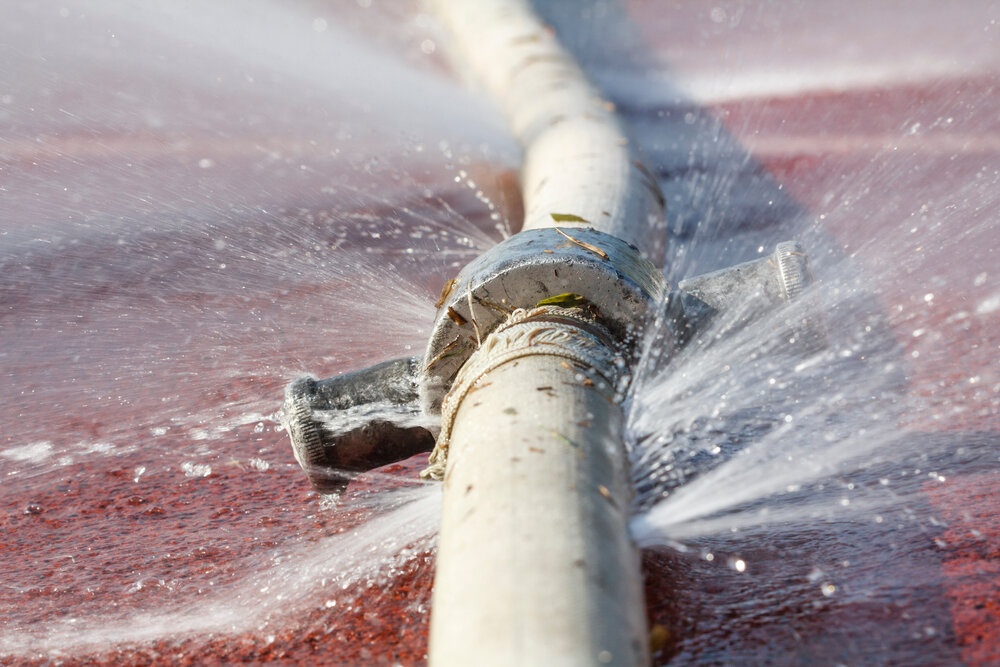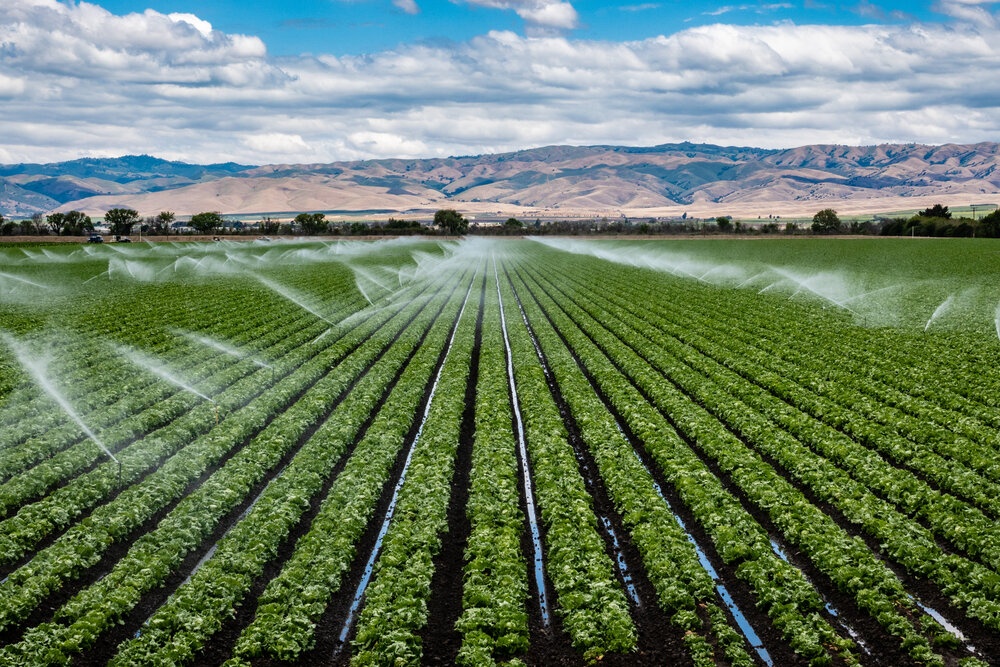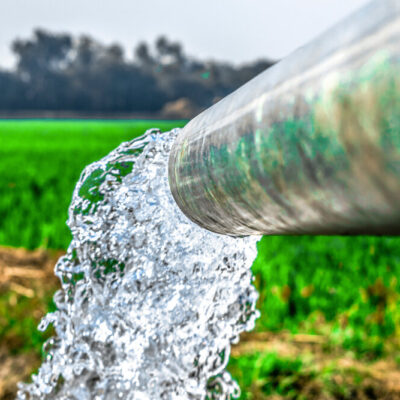In 2002 NASA began a mission whose primary task was to study ice sheet depletion. During that mission, the research team discovered that the majority of significant sites losing water were situated below ground. The mission concluded that of the 37 of the Earth’s major aquifers, 21 were on the brink of collapse.
In the Great Plains of California, USA, farmers have used over 30% of the water in the Ogallala aquifer, one of the aquifers which took over 20,000 years to form, while on the Arabian peninsula, farmers have drained most of the aquifers in the region over a period of 40 years of unregulated irrigation.
Farmers in areas like the Arabian Peninsula are not wealthy and cannot afford sophisticated irrigation technology. They rely on inefficient irrigation techniques such as flood and surface irrigation. Unfortunately, while it suits their financial challenges, it is the most wasteful way of irrigating crops.
According to the drawdown.com website, in Asia, which contains 62% of the world’s irrigated land, only 7% of the land uses micro-irrigation technology.
If we are to make the most of limited water resources, we must embrace the concept of irrigation efficiency and seek ways of maximising it before it is too late.
Irrigation Efficiency – The Meaning
Irrigation efficiency refers to the ratio of water used versus not used for crop growth due to various reasons. It is expressed as a percentage.
Types of Irrigation Efficiency and Calculation Formulas
There are four different kinds of irrigation efficiency:
Type 1 - Water Conveyance Efficiency (ηc)
Water conveyance efficiency refers to the volume of water that is applied to the land and the amount of water that is taken from the source – typically a reservoir. It is calculated using the following equation:
ηc = Wl divided by Wr × 100
In this equation, ηc is water conveyance efficiency, Wl is the volume of water applied to the land, and Wr is the volume of water taken from the reservoir.
Type 2 - Water Application Efficiency (ηa)
Water application Efficiency is a measurement of the amount of water that is stored in plant root systems compared to the volume of water that is applied to the land. The equation is:
ηa = Wz divided by Wl × 100
In this equation represents water application efficiency, Wz represents the amount of water stored in the crop root zone, and Wl represents the amount of water that is applied to land.
Type 3 - Water Use Efficiency (ηu)
Water use efficiency refers to the volume of water that is used versus the amount of water that is applied. The equation is:
ηu = Wu divided by Wl × 100
In this equation, ηu stands for water use efficiency, Wu stands for the amount of water used, and Wl stands for the amount of water applied to the land.
Type 4 - Consumptive use Efficiency (ηcu)
Consumptive use efficiency is determined by comparing the water consumed against the water that is depleted from the crop root zone. The equation is:
ηcu = Cu divided by Wp × 100
In this equation, ηcu represents consumptive use efficiency, Cu represents consumptive use of water, while Wp represents the volume of water depleted from the plant root zone.
Improving Irrigation Scheme Efficiency
The efficiency of scheme irrigation is determined by field application efficiency and the efficiency of the distribution system’s conveyancing ability. The formula for this calculation is:
E = Ec,m × Ec,wc × Ea/104
In the formula, E stands for scheme irrigation efficiency; Ec,m represents the conveyancing efficiency of the main network; Ec,wc is the water course’s conveyancing efficiency, while Ea represents field application efficiency of the field divided by 10-to-the-power-of 4. Irrigation scheme efficiency ratings are:
- 20% to 30% - Poor
- 40% - reasonable
- 50% to 60% - Good
The Efficiency of Water Use and Water Conservation

Other ways of examining irrigation efficiency are to measure output against a specific input. This can be done with various input v output models. For example:
- The financial return versus the financial investment.
- The increased crop yield versus the increased volume of irrigation water.
- The increased amount of dry crops versus the volume of water taken by the crop from the soil – known as crop water use efficiency
But irrigation efficiency isn't only about water. On a grander scale, it also incorporates energy efficiency and emission reduction. The farm irrigation efficiency solution proposed by Project Drawdown is used to replace conventional irrigation techniques.
The pumping and transportation of irrigation water are significant users of energy. Project Downland practices (using sprinkler and drip irrigation) can result in water savings of between 25% to 40% when compared to conventional irrigation technologies.
In the context of carbon emissions, Scenario 1, described under Project Downland, could reduce carbon dioxide emissions by 1.13 gigatons by the year 2050, saving 37 billion tons of water. Scenario 2, which assumes 89% of available land rather than 52%, as in Scenario 1, would result in reducing carbon emissions by 2.07 gigatons, saving 68 billion tons of water.
The Seven ‘C’s
When looking at ways of improving irrigation efficiency, there is a useful set of guidelines that are often used to plan strategies. Collectively they are known as the seven 'C's. They are core equipment, control, containment, counting, care, cost, and create. You can find out more about each of these components and how they impact irrigation energy efficiency on the horticulture.ahdb.org.uk website.
Flood vs Drip vs Spray Irrigation
Each technology or irrigation system has its own pros and cons, and the reasons that growers elect one system over another are complex and varied, impacting things like crop yield and crop water footprint, no matter how efficient a particular type of irrigation might be.
While flood or furrow irrigation is often the only choice for poorer farmers, among those able to afford the latest technologies, there is a split between drip and spray irrigation.
Flood irrigation is the most inefficient method of irrigation, wasting around 50% of applied water. Drip irrigation is the most efficient, only wasting around 10%. Spray irrigation wastes approximately 35% of applied water, but that can be further reduced to around 10% wastage by the introduction of overhead pipes.
But despite the apparent attraction of spray irrigation using overhead pipes, there is a downside when it comes to energy. Spray systems require between four to ten times more pressure to deliver the water when compared to drip systems.
Other factors also come into the argument, particularly that of drought, where drop irrigation is simply just not up to the job.
The fact of the matter is that irrigation efficiency, when considered in terms of water sustainability, has its limits. It can often be responsible for intensification that can result in over-tilling, overuse of fertigation, and poor soil health.
Water Productivity and Irrigation Efficiency
Another school of thought concludes that "water productivity", not "irrigation efficiency," should be the driver when it comes to water sustainability – particularly in countries where water is scarce. You can find out more about water productivity on the waterchannel.tv website.
Given the problem the world is facing in terms of water sustainability, we need a melding of the most important aspects of all the philosophies – irrigation efficiency, irrigation system efficiency, and water productivity.
Sources
https://horticulture.ahdb.org.uk/knowledge-library/irrigation-energy-efficiency
https://www.sciencedirect.com/topics/agricultural-and-biological-sciences/irrigation-efficiency
https://www.drawdown.org/solutions/farm-irrigation-efficiency
https://www.researchgate.net/publication/327196902_The_paradox_of_irrigation_efficiency

